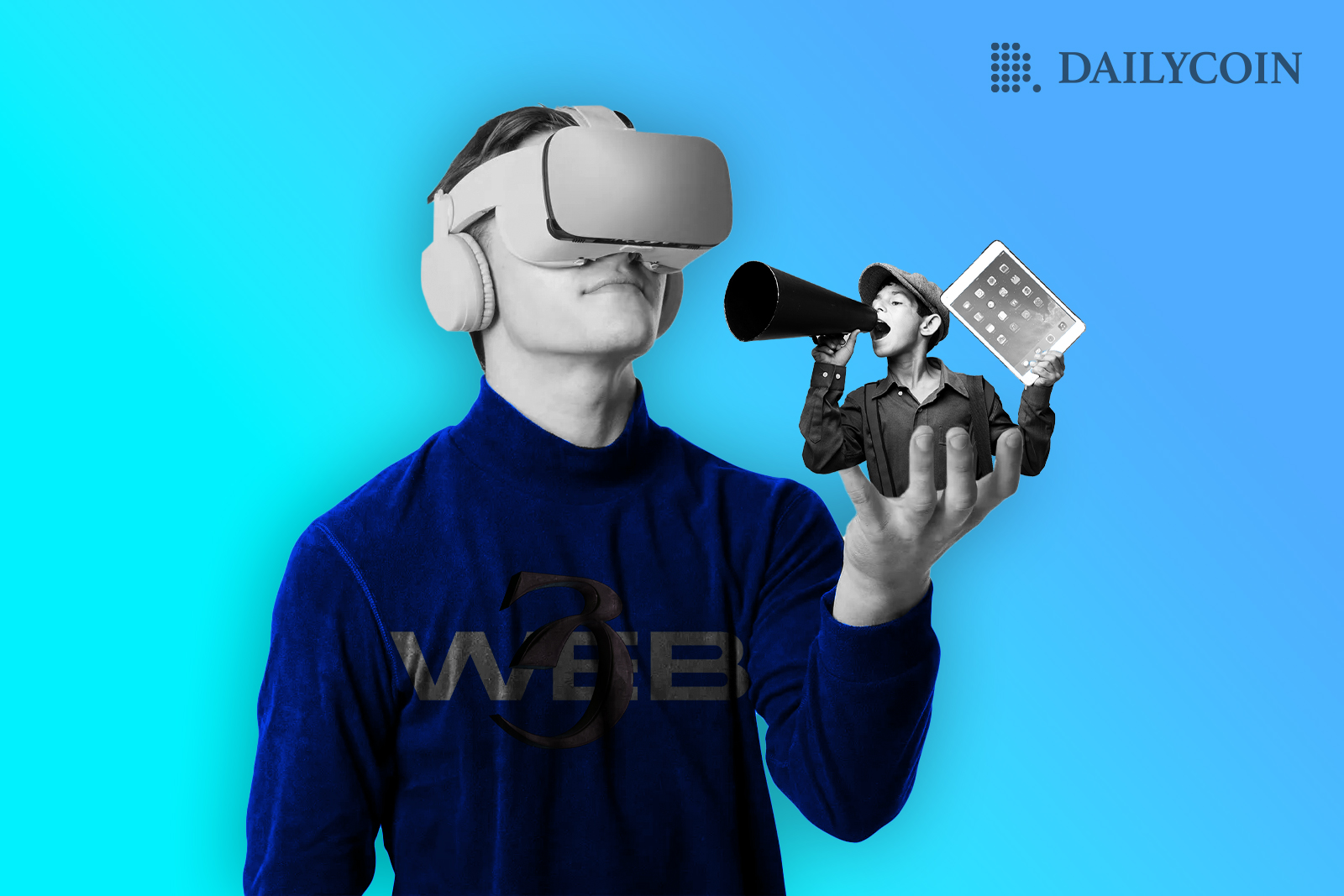
As the decentralized and censorship-resistant nature of blockchain technology continues to disrupt traditional industries, it is no surprise that the relationship between Web3 and mainstream media remains strained.
You don’t have to look very far before you will find some sort of slanderous headline discussing how cryptocurrencies are a scam, bubble, or Ponzi scheme. At the very least you are met with a heavy dose of skepticism and doubt from mainstream media outlets.
The average person may not have the technical knowledge to understand how Web3 works, and it can be difficult for crypto projects to properly communicate their value proposition to a mainstream audience.
Sponsored
With this in mind, it’d be interesting to explore some of the key causes and effects of this dysfunctional relationship, and how the Web3 projects can thrive in spite of it.
Bias and Misunderstanding
The unfortunate reality is that some publications have a blatant agenda against crypto and blockchain technology, often spreading fear, uncertainty, and doubt (FUD) in their reporting.
For example, The Wall Street Journal (which is one of the most well-known and established publications in the world) is full of anti-crypto headlines, with articles like “A Crypto Scam Is Born Every Four Minutes,” and “Crypto Frauds Target Ukrainian Donations,” – and this is just scratching the surface of their negative coverage.
Ultimately, if a publication’s revenue depends on advertising dollars from traditional industries that are threatened by the decentralized revolution, it is not surprising that they may have a negative slant when it comes to covering blockchain projects.
Sponsored
Sure, we must here acknowledge there are plenty of legitimate concerns and potential pitfalls in the cryptocurrency industry.
But when it comes to coverage of these issues, mainstream media often oversimplifies or sensationalizes them, often leading to further misunderstanding among the general public.
Moreover, cryptocurrencies and blockchain technology can be complex and esoteric concepts for the average person to wrap their head around.
This lack of understanding also extends to journalists who are covering the industry.
As a result, one of the main challenges facing Web3 projects is finding ways to effectively educate and communicate with a wider audience outside of mainstream media channels, which is much easier said than done.
Isolation From Newswires
Due to the bias and misunderstanding in mainstream media, crypto-savvy individuals tend to get their news and information from crypto-savvy news outlets. These outlets perform as one of the only trustworthy media sources that can be found in the Web3 industry.
As a result, Web3 companies aspire to be part of the conversation in these media outlets and get featured in front of their audience, which is likely to be interested in learning about them.
But unlike most industries, Web3 companies lack a fundamentally basic PR technique that almost every other company takes for granted; the good old-fashioned newswire.
For decades, newswires have been a method of news distribution used by both up-and-coming and Fortune 500 companies. But it seems that Web3 news outlets are somewhat isolated from these services.
In layman’s terms, most mainstream newswire services are not affiliated with Web3 media outlets, and therefore do not syndicate news to crypto news publications.
Of course, this created a huge gap in the market, and it was only a matter of time before Web3-designated newswires like Chainwire stepped in to fill the void.
Platforms like Chainwire bridge this gap by allowing Web3 companies to distribute their news on online crypto media outlets such as DailyCoin, which cover trends relating to Fintech, digital assets, and blockchain technology.
"It's clear that the disconnect between traditional media outlets and Web3 projects not only presents challenges for proper education and communication, but also limits the potential exposure and growth of the industry as a whole," explains Alon Keren, CMO of Chainwire.
"We have to empower crypto and blockchain-based companies by giving them the opportunity to share their news with a dedicated audience in the Web3 space. By bridging the gap, we hope to contribute to advancing widespread adoption and understanding of decentralized technologies," he added.
Why You Should Care
Ultimately, it is up to Web3 projects and their communities to strive for greater visibility and acceptance within mainstream channels.
As the industry continues to evolve and mature, it is important to continue fighting for decentralized technology and proper education against bias and misunderstanding.
However, this will likely be a war of attrition, as it may take time for the mainstream to catch up and fully understand the potential of Web3.
In the meantime, crypto-native platforms and publications will continue to serve as important sources for accurate and up-to-date information about the industry.
